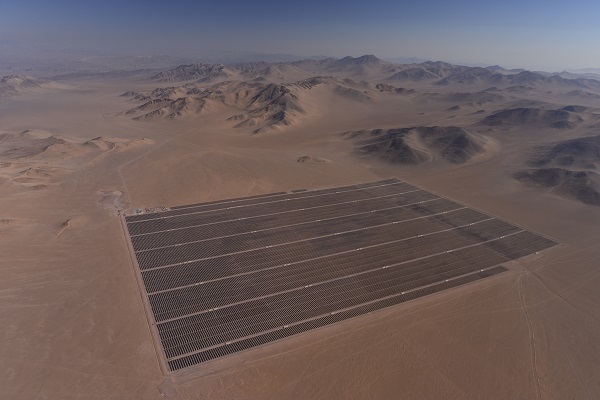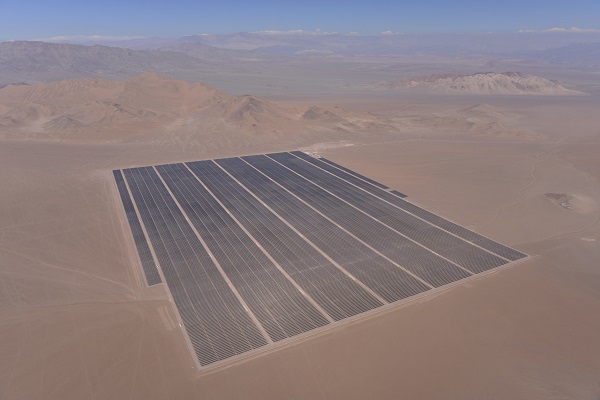A 100MW solar PV plant in Copiapo, Chile is now the largest photovoltaic power plant in Latin America.
The plant is located 37 kilometers from Copiapo in the Atacama Desert; took six months to build and has more than 310,000 PV modules spread over 250 acres.
All of the energy produced from this plant is planed to be injected into the Central Interconnected System in order to lower the net cost of grid electricity.
Ahmad Chatila, President and CEO of SunEdison, noted during the inauguration that, “This project has changed the course of non-conventional renewable energy development not only in Chile and Latin America, but throughout the world.”
Stunning images of the project: — (click ‘next page’ below for more images)














Comments